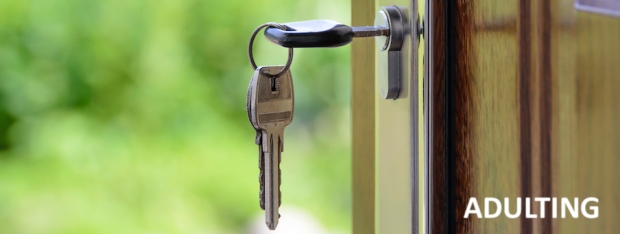
My Dad turns 76 this year. He was born in Singapore when it was called Syonan, when The Straits Times was The Syonan Shimbun. A look into the news articles published then reveals somewhat normal life.
There were advertisements about recruiting locals as officers with interviews at the officer’s club in Bidadari. That seemed innocuous to me though there may be some other motives to this activity. There was even a lottery going on and winners were announced on the papers. The prize money was huge!
For most part the sense of normalcy in the papers could be engineered as part of propaganda. But during wartime where perceptions are mostly skewed, it is interesting how the propaganda press looks like. You can check out the newspapers in those days as well here.








